style: TextStyle( //颜色 color: Colors.red,
复制代码
//字号 默认 14fontSize: 18,
//粗细 fontWeight: FontWeight.w800,
//斜体 fontStyle: FontStyle.italic,
//underline:下划线,overline:上划线,lineThrough:删除线 decoration: TextDecoration.lineThrough,decorationColor: Colors.black,
//solid:实线,double:双线,dotted:点虚线,dashed:横虚线,wavy:波浪线 decorationStyle:TextDecorationStyle.wavy),
);}class TextApp extends StatelessWidget {
@overrideWidgetbuild(BuildContext context){
return MaterialApp(title: "Text 演示",home: Scaffold(appBar: AppBar(title: Text("Text")),body: _TextBody(),
),
);
}}
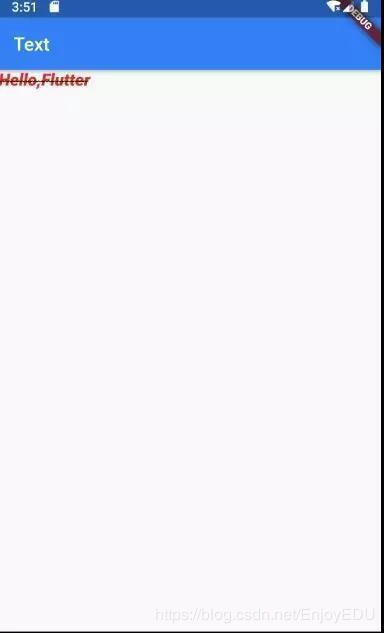**RichText**
如果需要显示更为丰富样式的文本(比如一段文本中文字不同颜色),可以使用 RichText或者 Text.rich```javaWidget _RichTextBody() { var textSpan = TextSpan( text: "Hello", style: TextStyle(color: Colors.red), children: [ TextSpan(text: "Flu", style: TextStyle(color: Colors.blue)), TextSpan(text: "uter", style: TextStyle(color: Colors.yellow)), ], ); //Text.rich(textSpan); return RichText(text: textSpan);}
复制代码
DefaultTextStyle 在 widget 树中,文本的样式默认是可以被继承的,因此,如果在 widget 树的某一个节点处设置一个默认的文本样式,那么该节点的子树中所有文本都会默认使用这个样式。相当于在 Android 中定义 Theme
Widget _DefaultStyle(){ DefaultTextStyle( //设置文本默认样式 style: TextStyle( color:Colors.red, fontSize: 20.0, ), textAlign: TextAlign.start, child: Column( crossAxisAlignment: CrossAxisAlignment.start, children: <Widget>[ Text("Hello Flutter!"), Text("Hello Flutter!"), Text("Hello Flutter!", style: TextStyle( inherit: false, //不继承默认样式 color: Colors.grey ), ), ], ), );}
复制代码
FlutterLogo 这个 Widget 用于显示 Flutter 的 logo......
Widget flutterLogo() { return FlutterLogo( //大小 size: 100, //logo颜色 默认为 Colors.blue colors: Colors.red,//markOnly:只显示logo,horizontal:logo右边显示flutter文字,stacked:logo下面显示文字 style: FlutterLogoStyle.stacked, //logo上文字颜色 textColor: Colors.blue, );}
复制代码
Icon
主要用于显示内置图标的 Widget
Widget icon() { return Icon( //使用预定义Material icons // https://docs.flutter.io/flutter/material/Icons-class.html Icons.add, size: 100, color: Colors.red);}
复制代码
Image 显示图片的 Widget。图片常用的格式主要有 bmp,jpg,png,gif,webp 等,Android 中并不是天生支持 gif 和 webp 动图,但是这一特性在 flutter 中被很好的支持了。
Iamge.asset 在工程目录下创建目录,如:assets,将图片放入此目录。打开项目根目录:pubspec.yaml
return MaterialApp( title: "Image演示", home: Scaffold( appBar: AppBar(title: Text("Image")), body: Image.asset("assets/banner.jpeg"), ),);
复制代码
Image.file 在 sd 卡中放入一张图片。然后利用 path_provider 库获取 sd 卡根目录(Dart 库版本可以在:https://pub.dartlang.org/packages查询)。
注意权限
class ImageState extends State<ImageApp> { Image image; @override void initState() { super.initState(); getExternalStorageDirectory().then((path) { setState(() { image = Image.file(File("${path.path}${Platform.pathSeparator}banner.jpeg" )); }); }); } @override Widget build(BuildContext context) { return MaterialApp( title: "Image演示", home: Scaffold( appBar: AppBar(title: Text("Image")), body: image, ), ); }}
复制代码
Image.network
直接给网络地址即可。Flutter 1.0,加载 https 时候经常出现证书错误。必须断开 AS 打开 app
Image.memory
Future<List<int>> _imageByte() async { String path = (await getExternalStorageDirectory()).path; return await File("$path${Platform.pathSeparator}banner.jpeg").readAsBytes();}class ImageState extends State<ImageApp> { Image image; @override void initState() { super.initState(); _imageByte().then((bytes) { setState(() { image = Image.memory(bytes); }); }); } @override Widget build(BuildContext context) { return MaterialApp( title: "Image演示", home: Scaffold( appBar: AppBar(title: Text("Image")), body: image, ), ); }}
复制代码
CircleAvatar
CircleAvatar( //图片提供者 ImageProvider backgroundImage: AssetImage("assets/banner.jpeg"), //半径,控制大小 radius: 50.0, );
复制代码
FadeInImage 当使用默认 Image widget 显示图片时,您可能会注意到它们在加载完成后会直接显示到屏幕上。这可能会让用户产生视觉突兀。如果最初显示一个占位符,然后在图像加载完显示时淡入,我们可以使用 FadeInImage 来达到这个目的!
image = FadeInImage.memoryNetwork( placeholder: kTransparentImage, image: 'https://flutter.io/images/homepage/header-illustration.png', );
复制代码
按钮
Material widget 库中提供了多种按钮 Widget 如 RaisedButton、FlatButton、OutlineButton 等,它们都是直接或间接对 RawMaterialButton 的包装定制,所以他们大多数属性都和 RawMaterialButton 一样。所有 Material 库中的按钮都有如下相同点:
按下时都会有“水波动画”。
有一个 onPressed 属性来设置点击回调,当按钮按下时会执行该回调,如果不提供该回调则按钮会处于禁用状态,禁用状态不响应用户点击。
RaisedButton"漂浮"按钮,它默认带有阴影和灰色背景
RaisedButton( child: Text("normal"), onPressed: () => {}, )
复制代码
FlatButton
扁平按钮,默认背景透明并不带阴影
FlatButton( child: Text("normal"), onPressed: () => {}, )
复制代码
OutlineButton
默认有一个边框,不带阴影且背景透明。
OutlineButton( child: Text("normal"), onPressed: () => {}, )
复制代码
IconButton
可点击的 Icon
IconButton( child: Text("normal"), onPressed: () => {}, )
复制代码
按钮外观可以通过其属性来定义,不同按钮属性大同小异
const FlatButton({ ... @required this.onPressed, //按钮点击回调 this.textColor, //按钮文字颜色 this.disabledTextColor, //按钮禁用时的文字颜色 this.color, //按钮背景颜色this.disabledColor,//按钮禁用时的背景颜色this.highlightColor, //按钮按下时的背景颜色 this.splashColor, //点击时,水波动画中水波的颜色this.colorBrightness,//按钮主题,默认是浅色主题 this.padding, //按钮的填充 this.shape, //外形 @required this.child, //按钮的内容}) FlatButton( onPressed: () => {}, child: Text("Raised"), //蓝色 color: Colors.blue, //水波 splashColor: Colors.yellow, //深色主题,这样文字颜色会变成白色 colorBrightness: Brightness.dark, //圆角按钮 shape: RoundedRectangleBorder( borderRadius: BorderRadius.circular(50) ),)
复制代码
而 RaisedButton,默认配置有阴影,因此在配置 RaisedButton 时,拥有一系列 elevation 属性的配置
const RaisedButton({ ... this.elevation = 2.0, //正常状态下的阴影 this.highlightElevation = 8.0,//按下时的阴影 this.disabledElevation = 0.0,// 禁用时的阴影 ...}
复制代码
输入框
import 'package:flutter/material.dart'; void main() => runApp(Demo1()); class Demo1 extends StatelessWidget { @override Widget build(BuildContext context) { return MaterialApp( title: "Demo1", home: Scaffold( appBar: AppBar( title: Text("登录"), ), //线性布局,垂直方向 body: Column( children: <Widget>[ TextField( //自动获得焦点 autofocus: true, decoration: InputDecoration( labelText: "用户名", hintText: "用户名或邮箱", prefixIcon: Icon(Icons.person)), ), TextField( //隐藏正在编辑的文本 obscureText: true, decoration: InputDecoration( labelText: "密码", hintText: "您的登录密码", prefixIcon: Icon(Icons.lock)), ), ], ), ), ); }}
复制代码
这个效果非常的“系统”,我们可能大多数情况下需要将下划线更换为矩形边框,这时候可能就需要组合 widget 来完成:
//容器 设置一个控件的尺寸、背景、margin Container( margin: EdgeInsets.all(32), child: TextField( keyboardType: TextInputType.emailAddress, decoration: InputDecoration( labelText: "用户名", hintText: "用户名或邮箱", prefixIcon: Icon(Icons.person), border: InputBorder.none //隐藏下划线)),//装饰 decoration: BoxDecoration( // 边框浅灰色,宽度1像素 border: Border.all(color: Colors.red[200], width: 1.0), //圆角 borderRadius: BorderRadius.circular(5.0), ), )
复制代码
焦点控制
FocusNode: 与 Widget 绑定,代表了这个 Widget 的焦点
FocusScope: 焦点控制范围
FocusScopeNode:控制焦点
class _TextFocusState extends State<TextFocusWidget> { FocusNode focusNode1 = new FocusNode(); FocusNode focusNode2 = new FocusNode(); void _listener() { debugPrint("用户名输入框焦点:${focusNode1.hasFocus}"); } @override void initState() { super.initState(); //监听焦点状态改变事件 focusNode1.addListener(_listener); } @override void dispose() { super.dispose(); focusNode1.dispose(); focusNode2.dispose(); } @override Widget build(BuildContext context) { return Column( children: <Widget>[ TextField( autofocus: true, //关联焦点 focusNode: focusNode1, //设置键盘动作为: 下一步 textInputAction: TextInputAction.next, //点击下一步执行回调 onEditingComplete: () { //获得 context对应UI树的焦点范围 的焦点控制器 FocusScopeNode focusScopeNode = FocusScope.of(context); //将焦点交给focusNode2 focusScopeNode.requestFocus(focusNode2); }, decoration: InputDecoration( labelText: "用户名", hintText: "用户名或邮箱", prefixIcon: Icon(Icons.person)), ), TextField( //隐藏正在编辑的文本 obscureText: true, focusNode: focusNode2, decoration: InputDecoration( labelText: "密码", hintText: "您的登录密码", refixIcon: Icon(Icons.lock)), ), custom(), ], ); }}
复制代码
获取输入内容
获取输入内容有两种方式:
定义两个变量,用于保存用户名和密码,然后在 onChange 触发时,各自保存一下输入内容。
通过 controller 直接获取。onChange 获得输入内容:
TextField( onChanged: (s) => debugPrint("ssss:$s"),
复制代码
controller 获取:
定义一个 controller:
//定义一个controllerTextEditingController _unameController=new TextEditingController();
复制代码
然后设置输入框 controller:
TextField( controller: _unameController, //设置controller ...)
复制代码
通过 controller 获取输入框内容
### 如何获取免费架构学习资料?
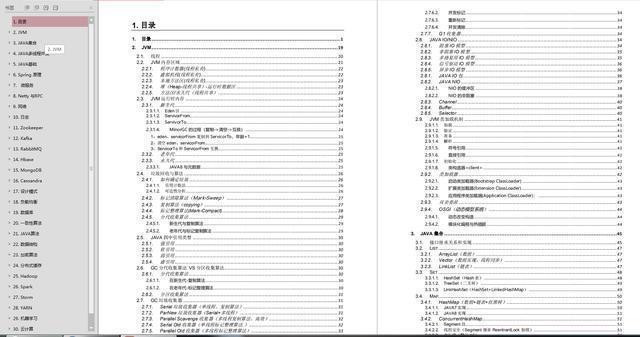
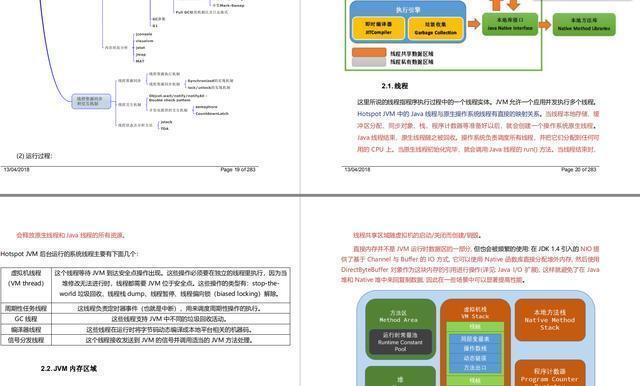
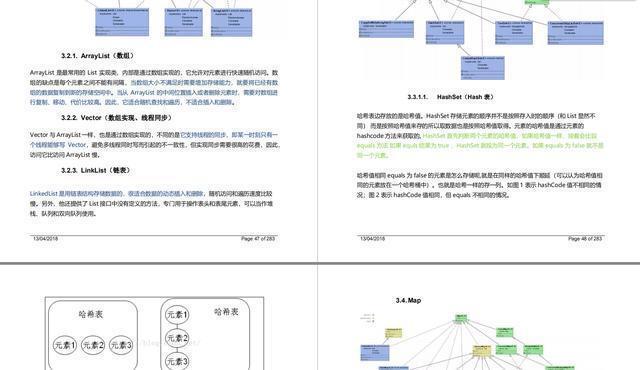
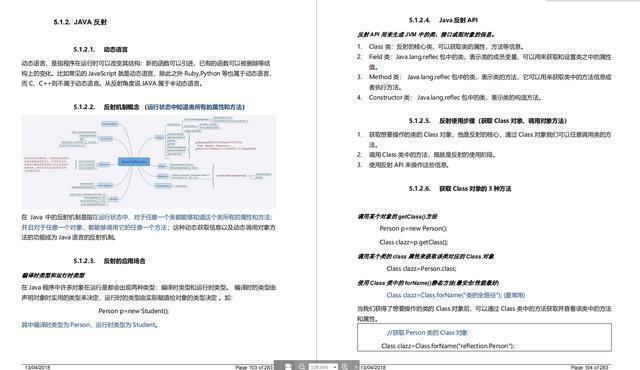
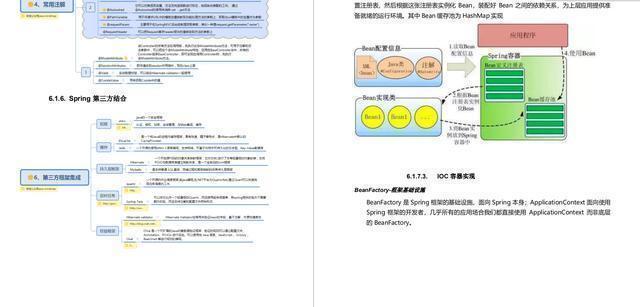
> 由于篇幅限制小编,pdf文档的详解资料太全面,细节内容实在太多啦,所以只把部分知识点截图出来粗略的介绍,每个小节点里面都有更细化的内容!**[有需要的程序猿(媛)可以戳这里即可免费获取哦](https://gitee.com/vip204888/java-p7)**
复制代码
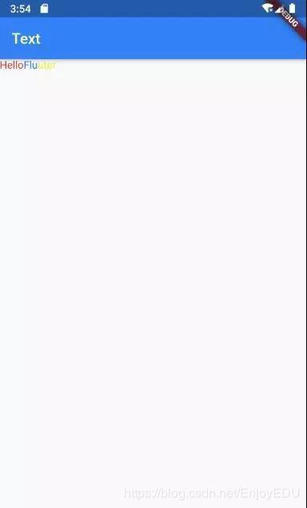



















评论